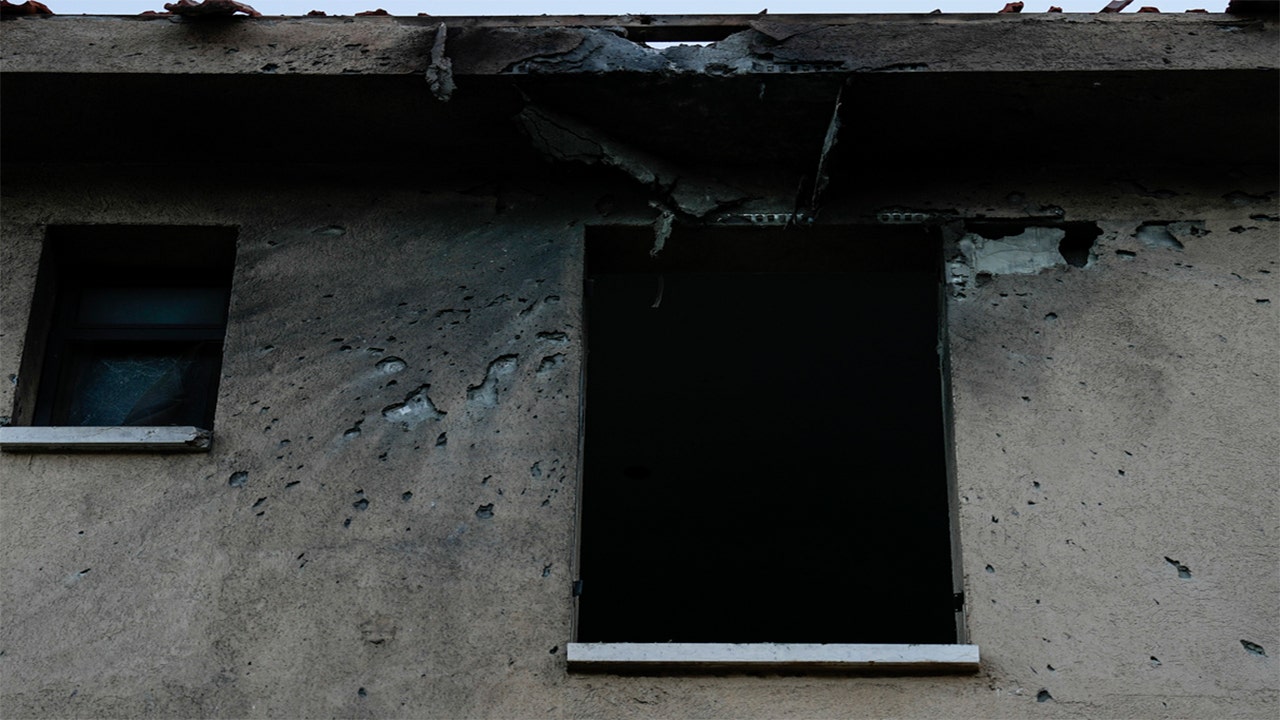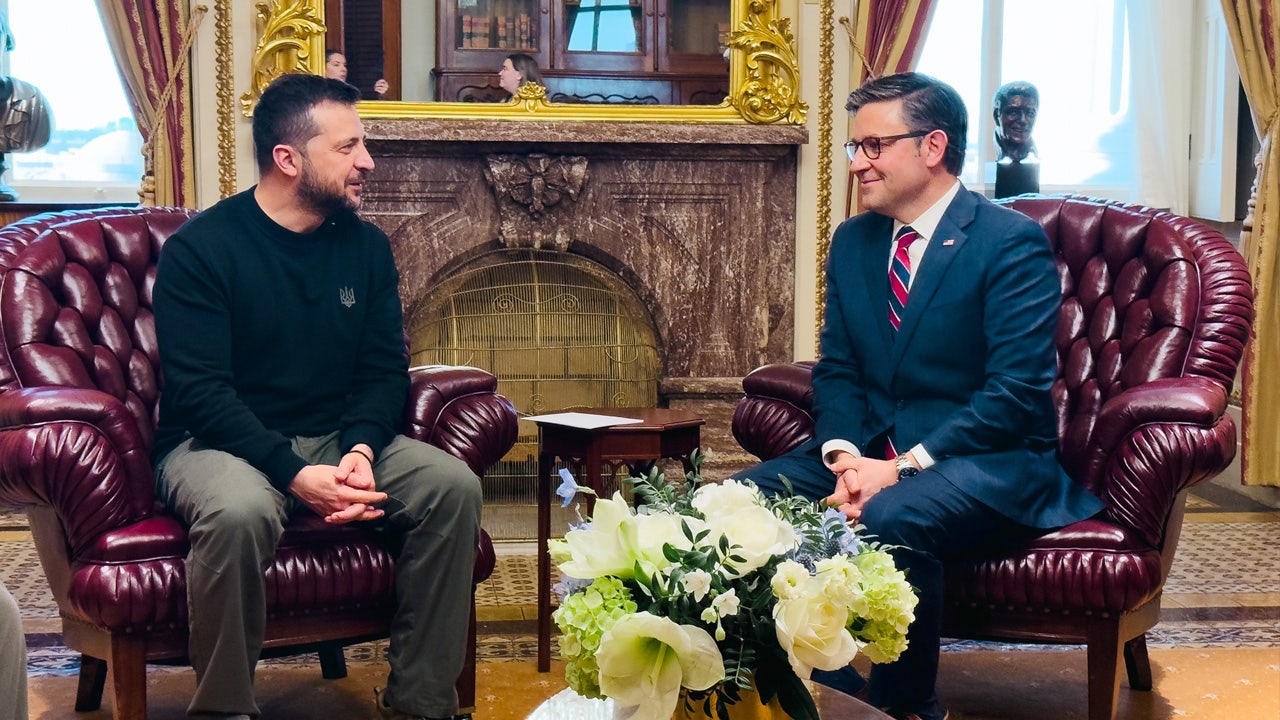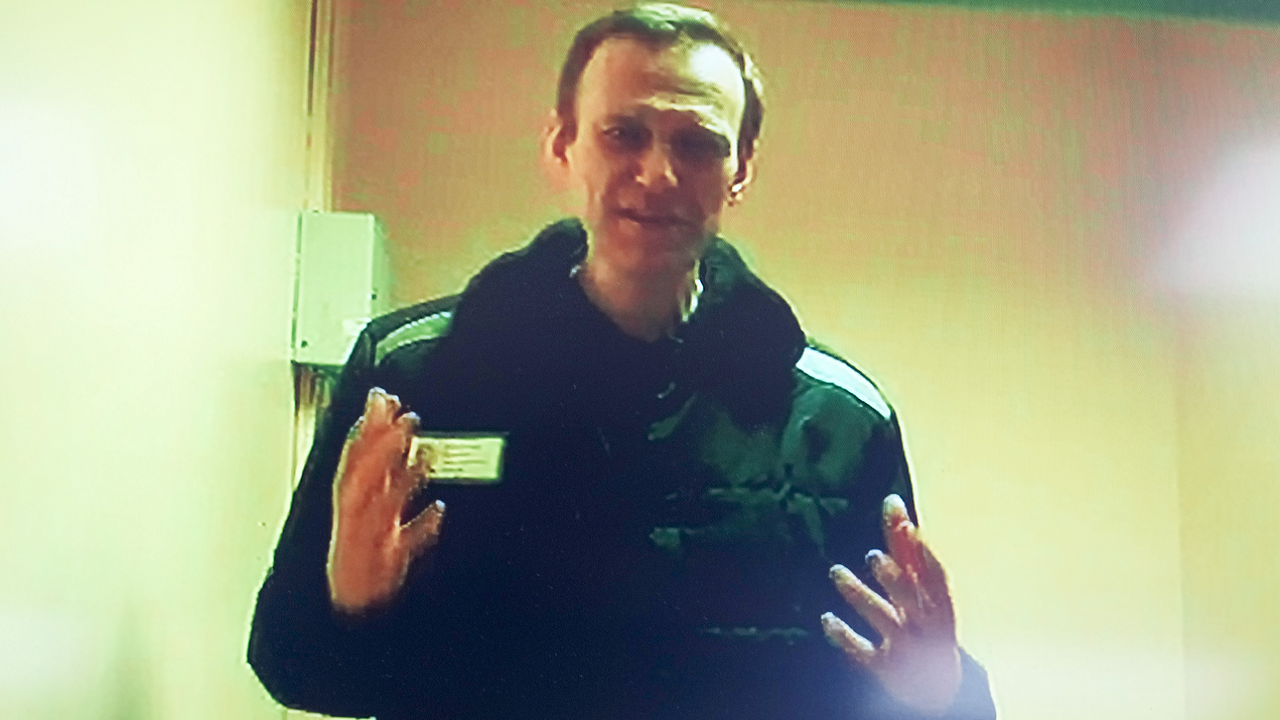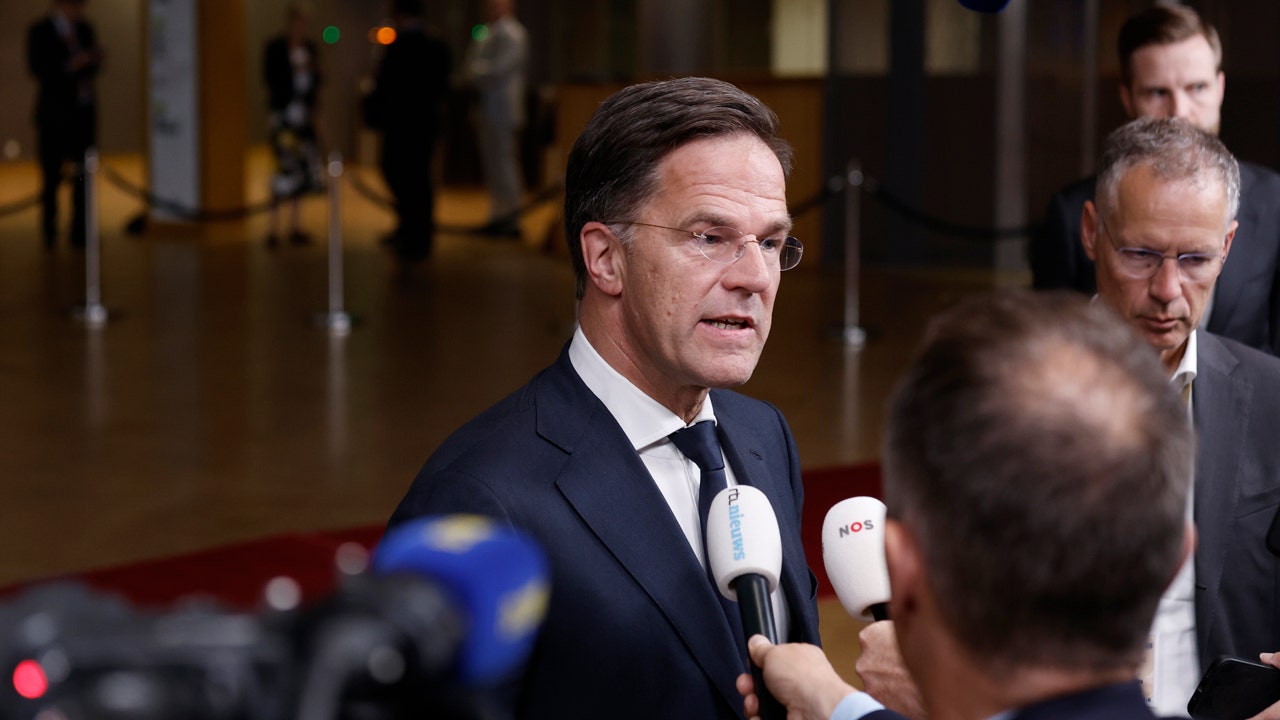Prime Minister Benjamin Netanyahu of Israel released on Friday his most detailed proposal yet for a postwar Gaza, pledging to retain indefinite military control over the enclave, while ceding the administration of civilian life to Gazans without links to Hamas.
The plan, if realized, would make it almost impossible to establish a Palestinian state including Gaza and the Israeli-occupied West Bank, at least in the short term. That would likely accelerate a clash between Israel and a growing number of its foreign partners, including the United States, that are pushing for Palestinian sovereignty after the war ends.
The blueprint for Gaza comes after nearly 20 weeks of war in the territory and a death toll approaching 30,000 people, at least half of them women and children, according to Gazan authorities.
Mr. Netanyahu’s proposal for postwar Gaza were circulated to cabinet ministers and journalists early on Friday. He has laid out most of the terms of the proposal in previous public statements, but this was the first time they had been collected in a single document.
The proposal also calls for the dismantling of UNRWA, the U.N. agency charged with delivering the bulk of the life-sustaining aid to the besieged territory. And it calls for an overhaul of the Gazan education and welfare systems, as well as buffer zones along Gaza’s borders with Israel and Egypt.
The plan was circulated on the same day that American, Israeli, Qatari and Egyptian officials began negotiations in Paris over the release of hostages and a possible cease-fire.
It also came as U.S. Secretary of State Antony Blinken said he was “disappointed” by an Israeli announcement that it planned to build 3,000 new housing units in settlements in the occupied West Bank as retribution for the killing of an Israeli settler this week. He called the settlements “inconsistent with international law.”
Mr. Blinken’s comments, as well as the contents of Friday’s postwar blueprint, put into sharper focus the widening gap in expectations and policy between Mr. Netanyahu and the Biden administration on the occupied West Bank and the future of postwar Gaza.
Palestinians immediately condemned Mr. Netanyahu’s plan, with Nabil Abu Rudeineh, a spokesman for Mahmoud Abbas, the Palestinian Authority’s leader, saying that it aimed “to perpetuate Israel’s occupation of Palestinian territories and prevent the establishment of a Palestinian state.”
Inside Israel, the postwar plan received a muted response. Many of the central proposals broadly align with majority opinion in Israel, including making it difficult to create a Palestinian state in the short term, a position that polling suggests has broad domestic support.
Analysts described parts of the plan as carefully written to postpone long-term decisions about Gaza’s fate and to avoid irreversible confrontations with both domestic allies and foreign partners. The proposal signaled to Mr. Netanyahu’s right-wing base that he is defying foreign pressure on Israel to leave Gaza and to allow a Palestinian state in Gaza and the Israeli-occupied West Bank. But the vagueness of its wording also signaled to the United States and other foreign powers pressing for Palestinian sovereignty that there is still room to maneuver.
“It leaves a lot of options open and postpones a lot of decisions,” said Nadav Strauchler, a former strategist for Mr. Netanyahu.
“He is treading a thin line,” Mr. Strauchler said, of the prime minister. “Think how many different eyes and audiences are reading this paper with different glasses.”
Yet on some points, Mr. Netanyahu’s blueprint seems certain to rankle, if not anger, Israel’s neighbors and allies.
It envisions the creation of an Israeli-controlled buffer zone along the length of Gaza’s border with Egypt, a move that risks inflaming tensions with the Egyptian government. That aspect of the plan would require Israel to invade Rafah, the southernmost city of Gaza, where most Gazans are currently sheltering, risking their mass displacement onto Egyptian territory, an outcome that Egypt has repeatedly warned against.
The plan also says that Israel will seek to retain control over a sliver of land inside Gaza, along the Israeli border, where its military is systematically demolishing thousands of buildings in order to create another buffer zone. Israel’s intention is to make it harder for militants in Gaza to repeat a raid like that of Oct. 7, although the United States and others have spoken out against any effort to reduce the size of Gaza.
The plan does not explicitly address one of the most disputed topics outside of Israel: whether Israeli settlers would be allowed to reestablish communities on Gazan soil, as Mr. Netanyahu’s right-wing supporters are pushing for.
A senior government official, speaking on condition of anonymity to discuss a matter that puts the prime minister at odds with his base, said that there were no plans to resettle Gaza with Jews, but declined to say so on the record, leaving Mr. Netanyahu with room to maneuver in the future.
Mr. Netanyahu’s document would need to be adopted by his government, though there is no timeline yet for such discussions.
The plan lays out a broad vision for the governance of Gaza after the war.
Administrative control over the territory would be handed to “local stakeholders with managerial experience” who are “not affiliated with countries or entities that support terrorism.” The reference to terrorism aims to exclude anyone that Israel says has connections to Hamas.
This part of the plan, too, conflicted with the proposal laid out by Biden administration officials, who have said repeatedly that a revamped Palestinian Authority, the body that administers parts of the Israeli-occupied West Bank, should play a role in postwar Gaza.
The Israeli blueprint does not explicitly mention the Palestinian Authority, but the reference to local residents implicitly rules out the involvement of the authority’s leadership in a postwar Gaza, analysts said
The document even leaves open the possibility of “a permanent arrangement with the Palestinians,” but it says that “will only be achieved through direct negotiation between the parties” — an implicit rejection of hints by countries, including Britain and France, that they could unilaterally recognize a Palestinian state.
Mr. Netanyahu has previously rejected the concept of an independent Palestinian state, but his plan released on Friday did not explicitly rule it out.
Yet, even as Mr. Netanyahu’s blueprint spurred debate over the future of Gaza, aid groups and the United Nations were warning with growing urgency about the here and now: the lack of food, drinking water and medicine in Gaza.
“I fear we are on the edge of a monumental disaster with grave implications for regional peace, security, and human rights,” Philippe Lazzarini, UNRWA’s commissioner general, wrote in a letter to the president of the U.N. General Assembly on Thursday.
Fewer aid trucks have entered Gaza this week than earlier in the year, when between 100 and 200 trucks were arriving on most days; both border crossings used for aid have frequently closed, sometimes because Israeli protesters pressing for the release of hostages have blocked a crossing. A total of 69 trucks entered on Tuesday and Wednesday, the agency said, adding that it is aiming for 500 per day to meet Gaza’s needs.
Long skeptical of UNRWA, Israel has charged that 30 of the agency’s employees participated in the Hamas-led Oct. 7 attacks that killed 1,200 people and saw hundreds of hostages hauled to Gaza, where at least 100 still remain.
The United Nations says it has fired employees who were suspected of involvement in the attacks and has disciplined and even terminated staff members for taking part in inappropriate political activities. But Mr. Lazzarini also pleaded with countries that suspended funding after Israel made the allegations, saying it would be “immensely irresponsible” to punish an entire community “because of allegations of criminal acts against some individuals.”
Reporting was contributed by Vivian Yee, Aaron Boxerman, Johnatan Reiss, Rawan Sheikh Ahmadand Edward Wong.






